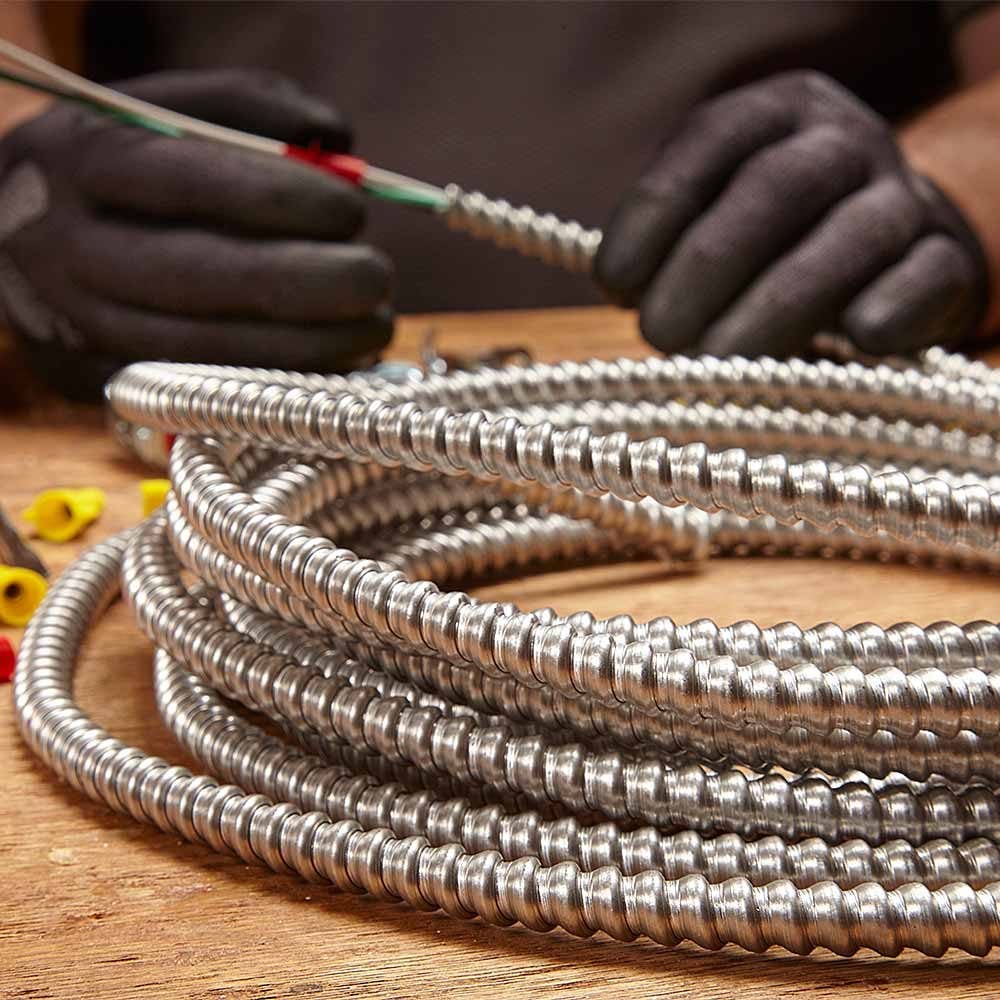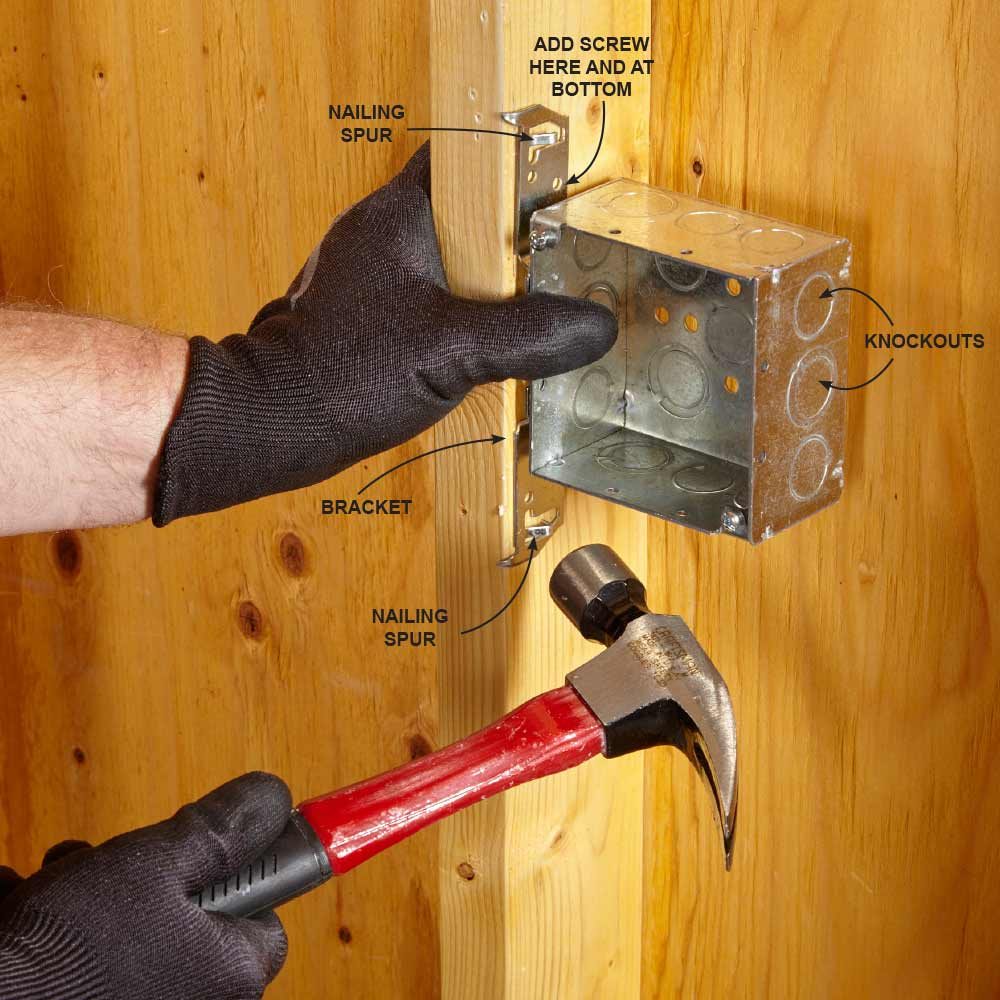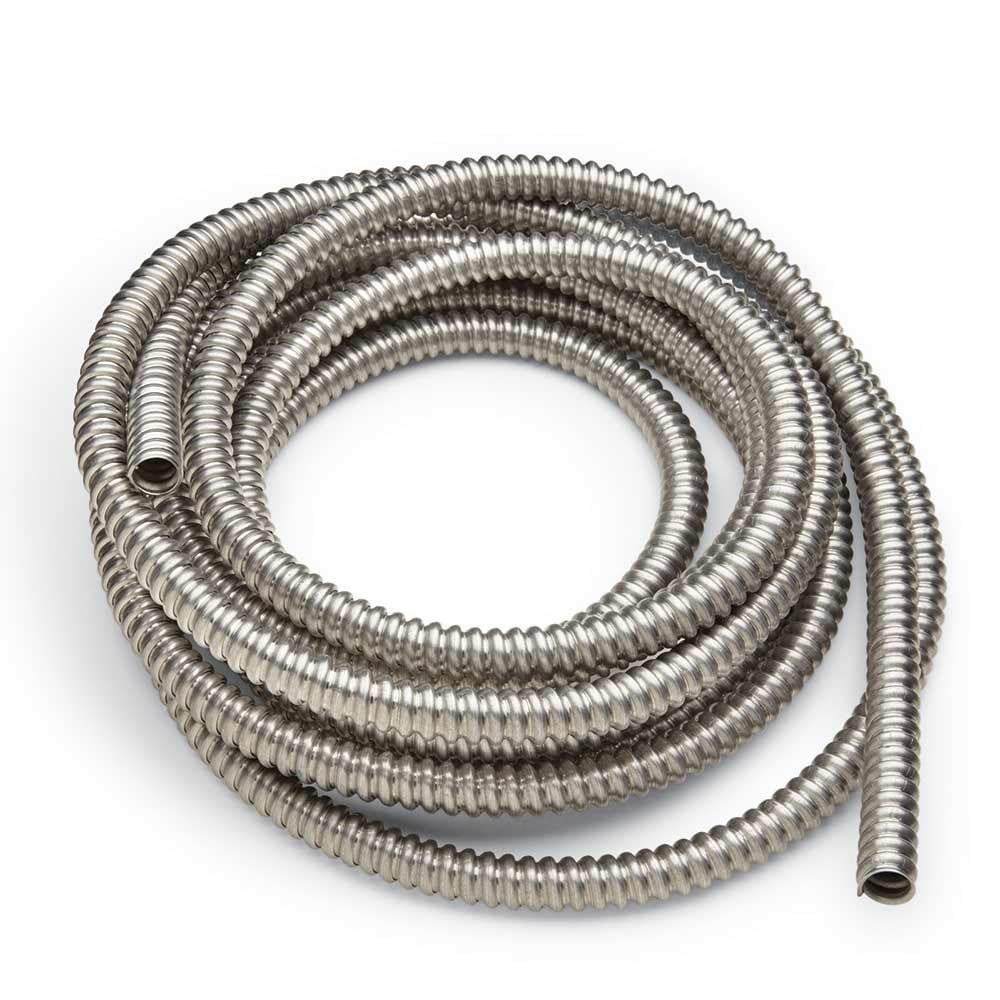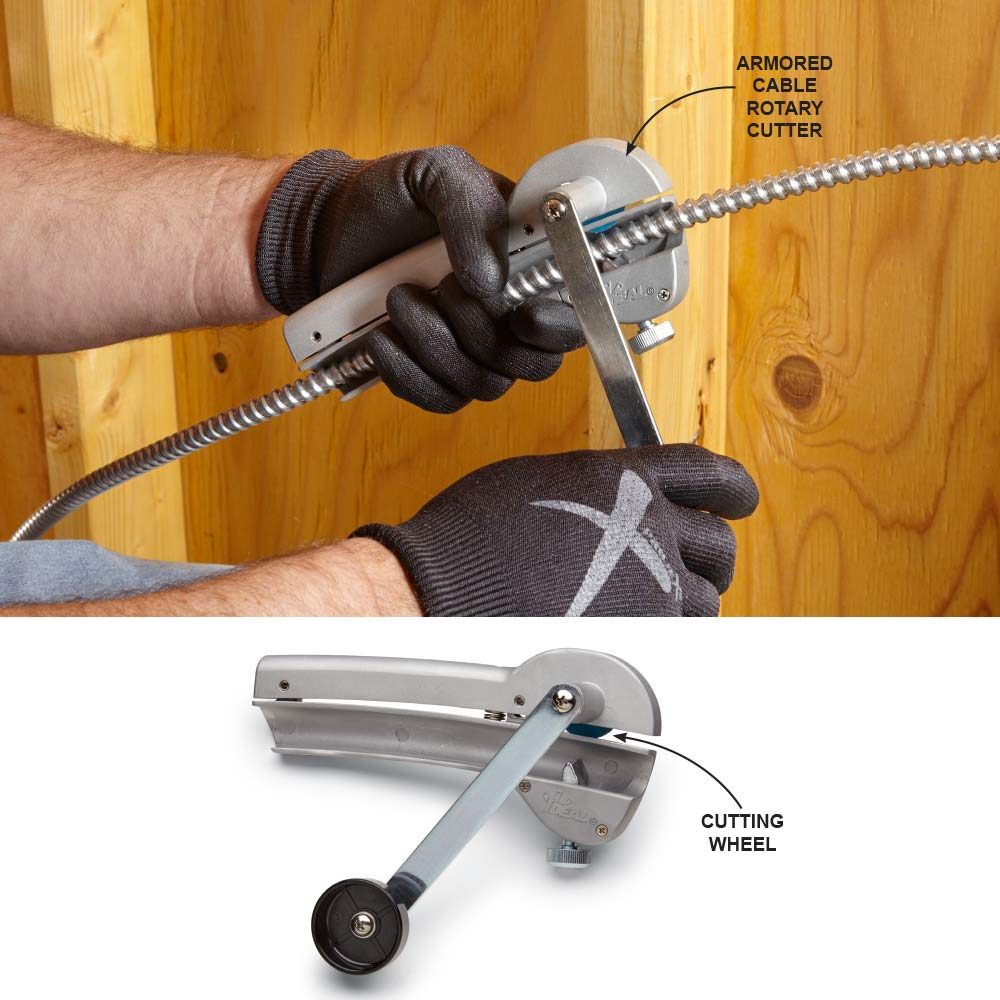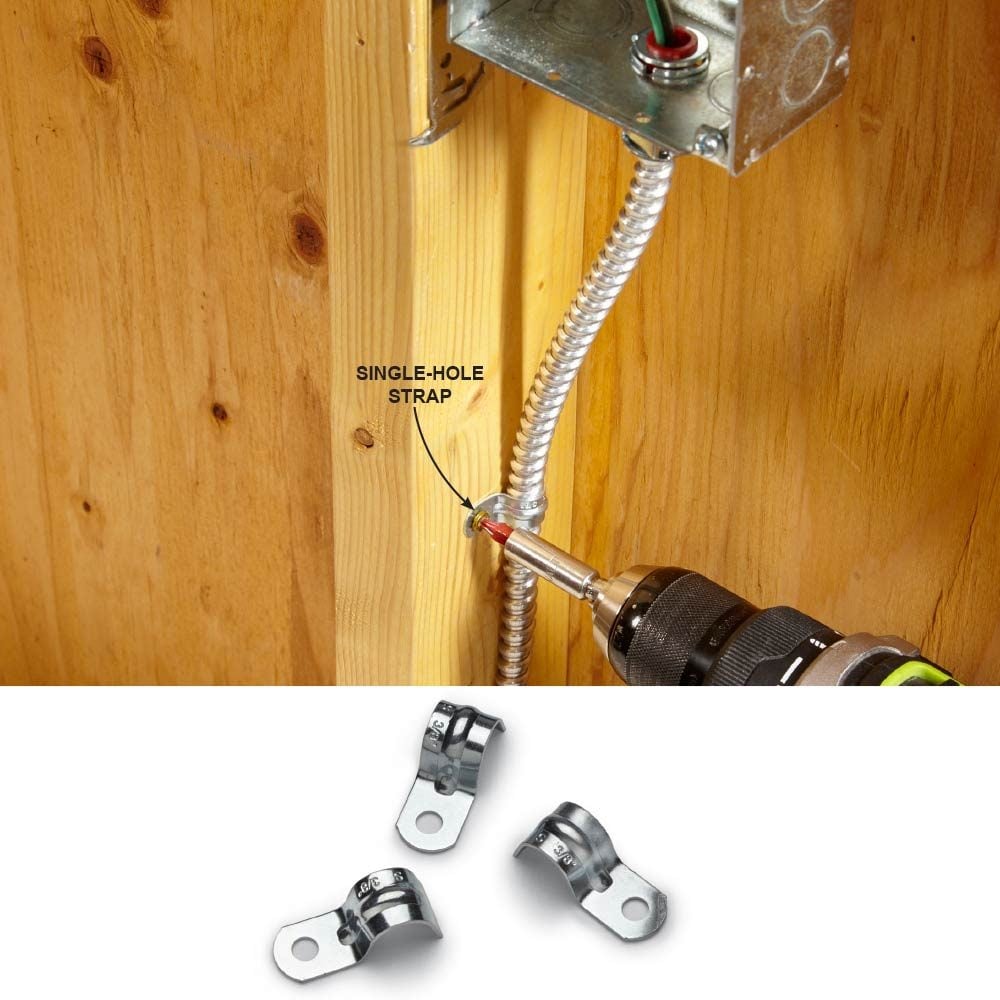MC cable is easier to work with than rigid conduit and offers protection from fire, vibration, gnawing pests and physical harm in general. Learn more here.
Our editors and experts handpick every product we feature. We may earn a commission from your purchases.Learn more.




















